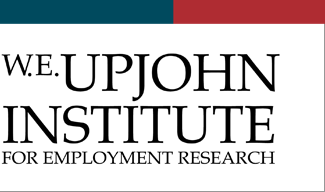What Explains the Twin Gender Gaps in Higher Education? The Role of Outside Options
Grant Type
Early Career Research Award
Description
Two gender gaps have appeared in higher education. First, women are more likely to enroll in college, a trend that is increasing (Goldin et al.; 2006). Second, among college graduates, women have worse financial outcomes post-college; they have higher student loan balances and lower wages (Sloane et al.; 2021; Addo and Kent; 2022; Chen and Smith; 2023). We term these phenomena the "twin gender gaps in higher education."
In this project, we ask: What role do non-college (high school degree) labor markets play in driving the twin gender gaps? We propose to (i) use large-scale California data to confirm and explore these patterns, (ii) estimate the causal effect of improved outside options on the gender-college-debt-wage relationship, using exogenous variation in the exposure to the recent construction and fracking booms, and (iii) develop a structural model to decompose the relative importance of differences across outside options, skills, preferences, and labor market discrimination, and (iv) assess the welfare impacts of policies like student loan forgiveness, Pell Grant expansion, and income-based repayment.
Get in Touch With The Expert
Want to arrange to discuss this work with the author(s)? Contact our .

